2021年 第36卷 第3期
2021, 36(3): 435-448.
doi: 10.1016/S1872-5805(21)60039-2
摘要:
2021, 36(3): 449-467.
doi: 10.1016/S1872-5805(21)60036-7
摘要:
2021, 36(3): 468-496.
doi: 10.1016/S1872-5805(21)60034-3
摘要:
2021, 36(3): 497-511.
doi: 10.1016/S1872-5805(21)60040-9
摘要:
2021, 36(3): 512-526.
doi: 10.1016/S1872-5805(21)60030-6
摘要:
2021, 36(3): 527-545.
doi: 10.1016/S1872-5805(21)60042-2
摘要:
2021, 36(3): 546-572.
doi: 10.1016/S1872-5805(21)60038-0
摘要:
2021, 36(3): 573-584.
doi: 10.1016/S1872-5805(21)60037-9
摘要:
2021, 36(3): 585-593.
doi: 10.1016/S1872-5805(21)60043-4
摘要:
2021, 36(3): 594-605.
doi: 10.1016/S1872-5805(21)60062-8
摘要:
2021, 36(3): 606-615.
doi: 10.1016/S1872-5805(21)60032-X
摘要:
2021, 36(3): 616-624.
doi: 10.1016/S1872-5805(21)60033-1
摘要:
2021, 36(3): 625-631.
doi: 10.1016/S1872-5805(21)60031-8
摘要:
2021, 36(3): 632-638.
doi: 10.1016/S1872-5805(21)60041-0
摘要:
2021, 36(3): 639-648.
doi: 10.1016/S1872-5805(21)60035-5
摘要:



 摘要
摘要 HTML
HTML PDF
PDF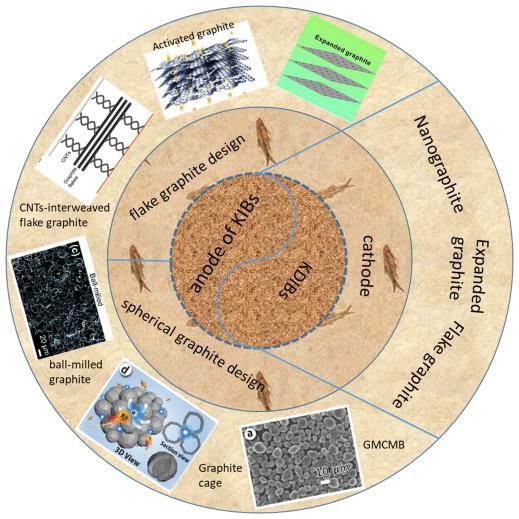
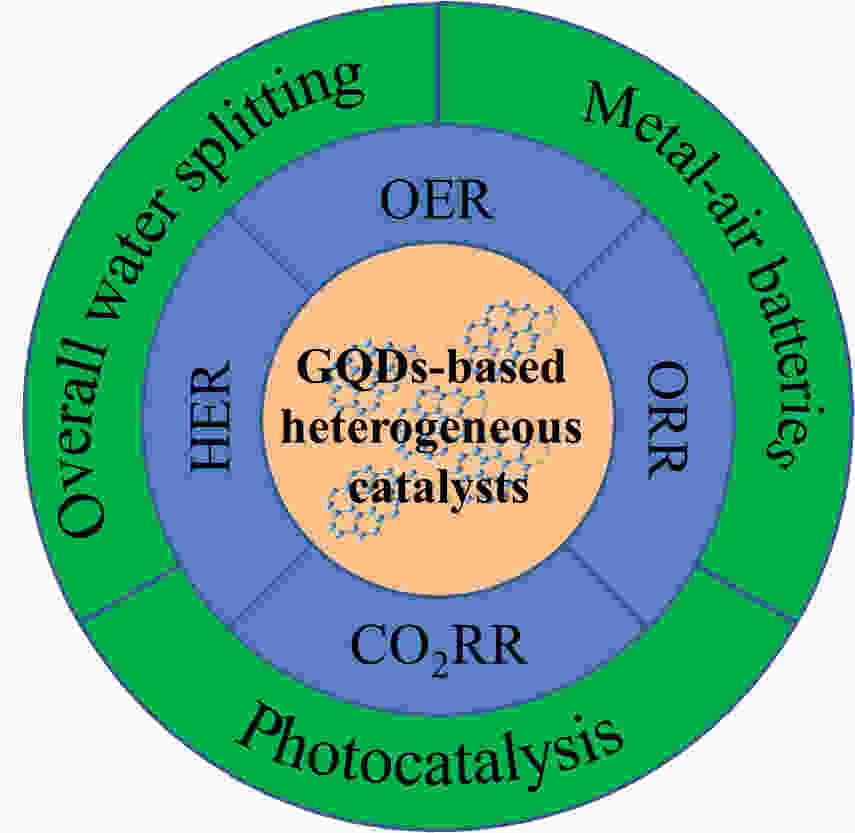
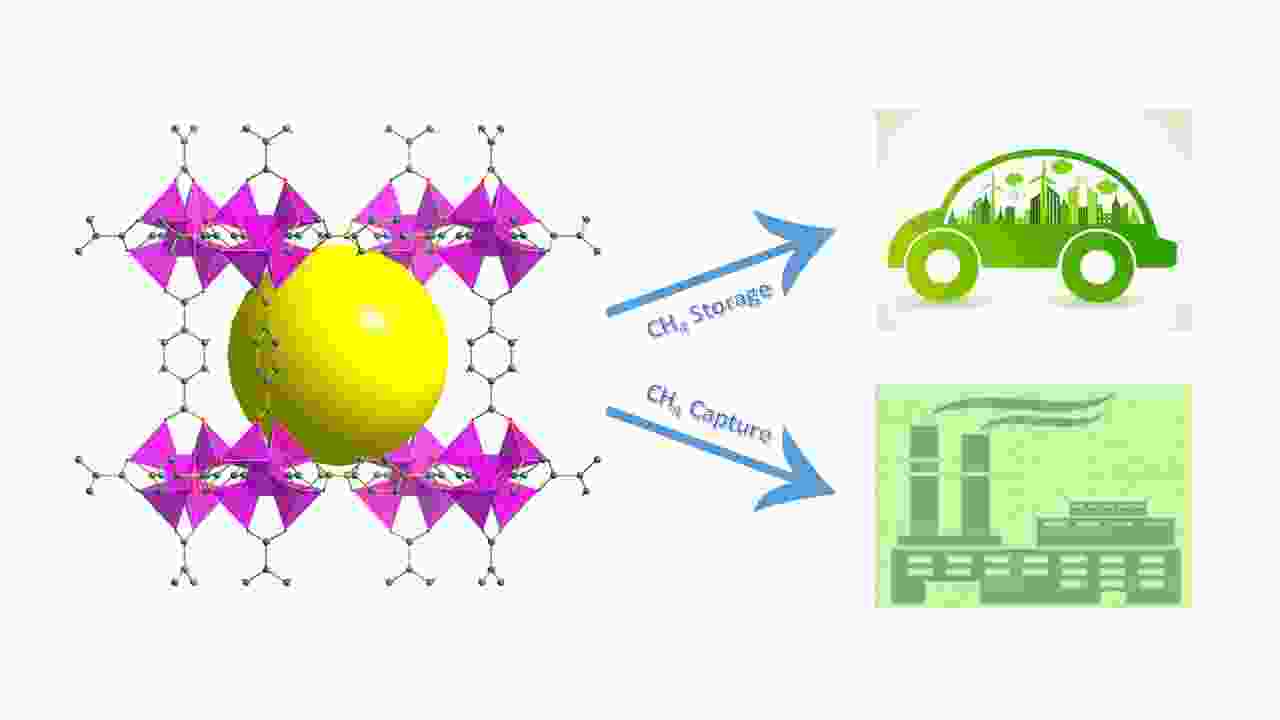
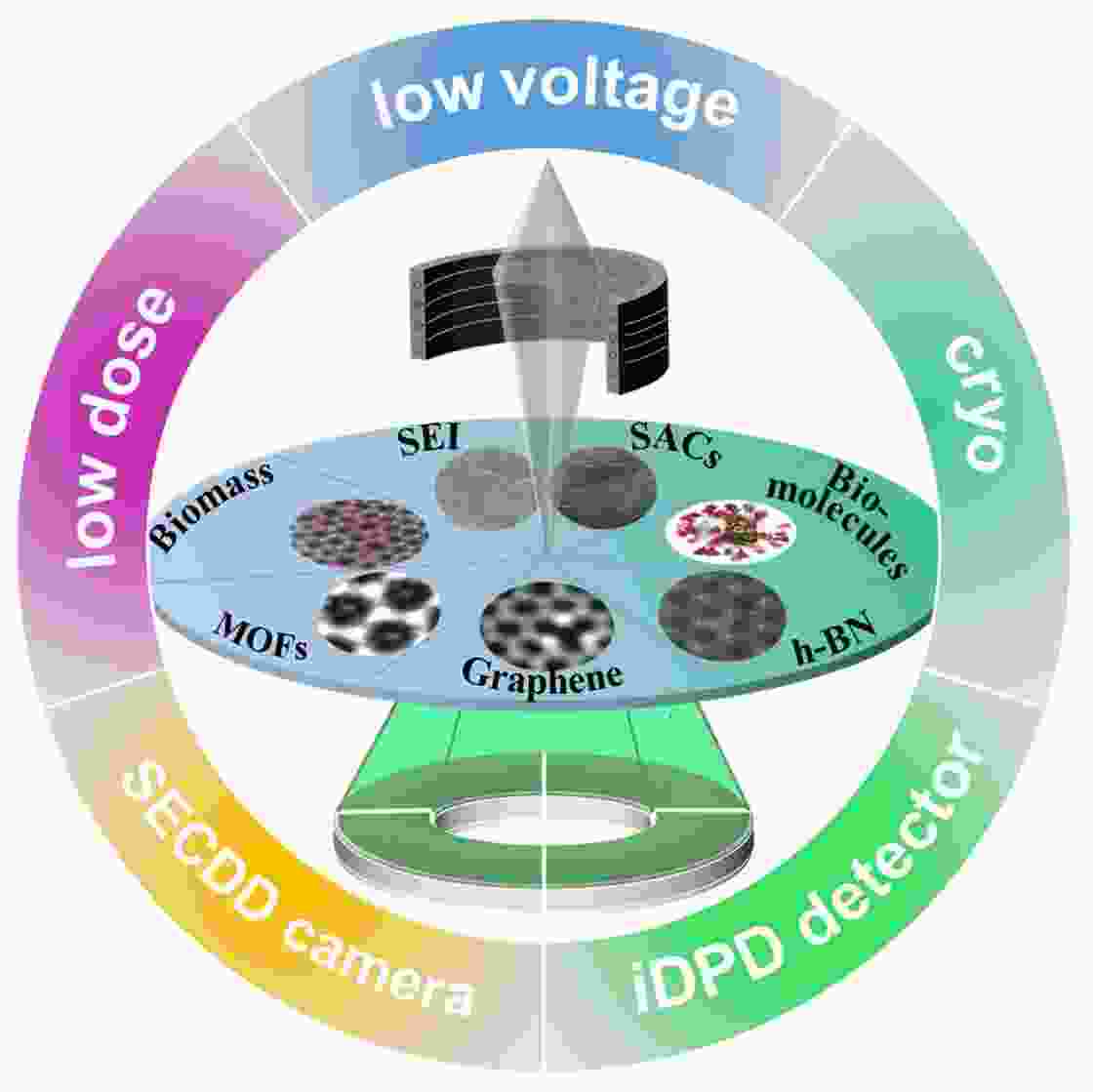
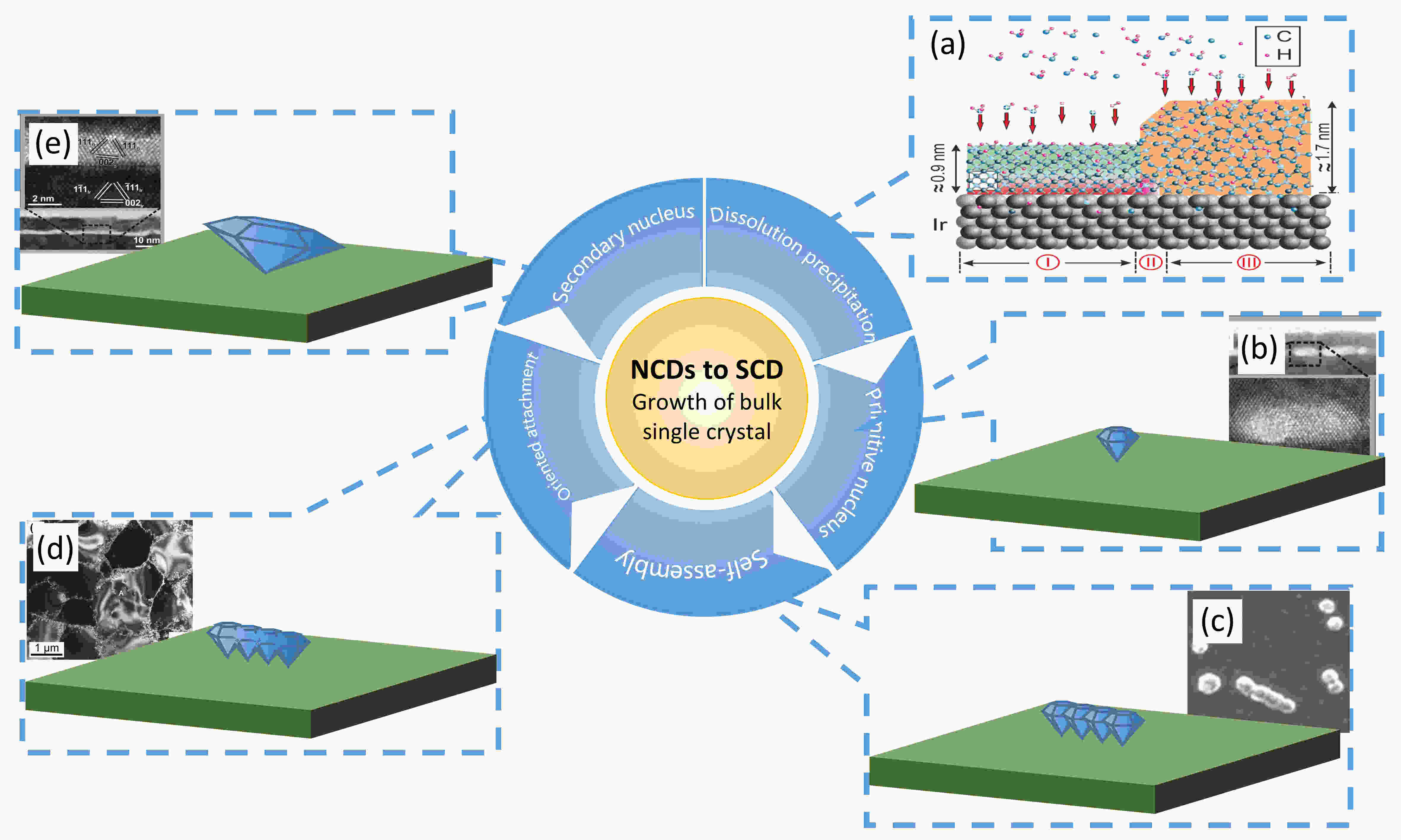
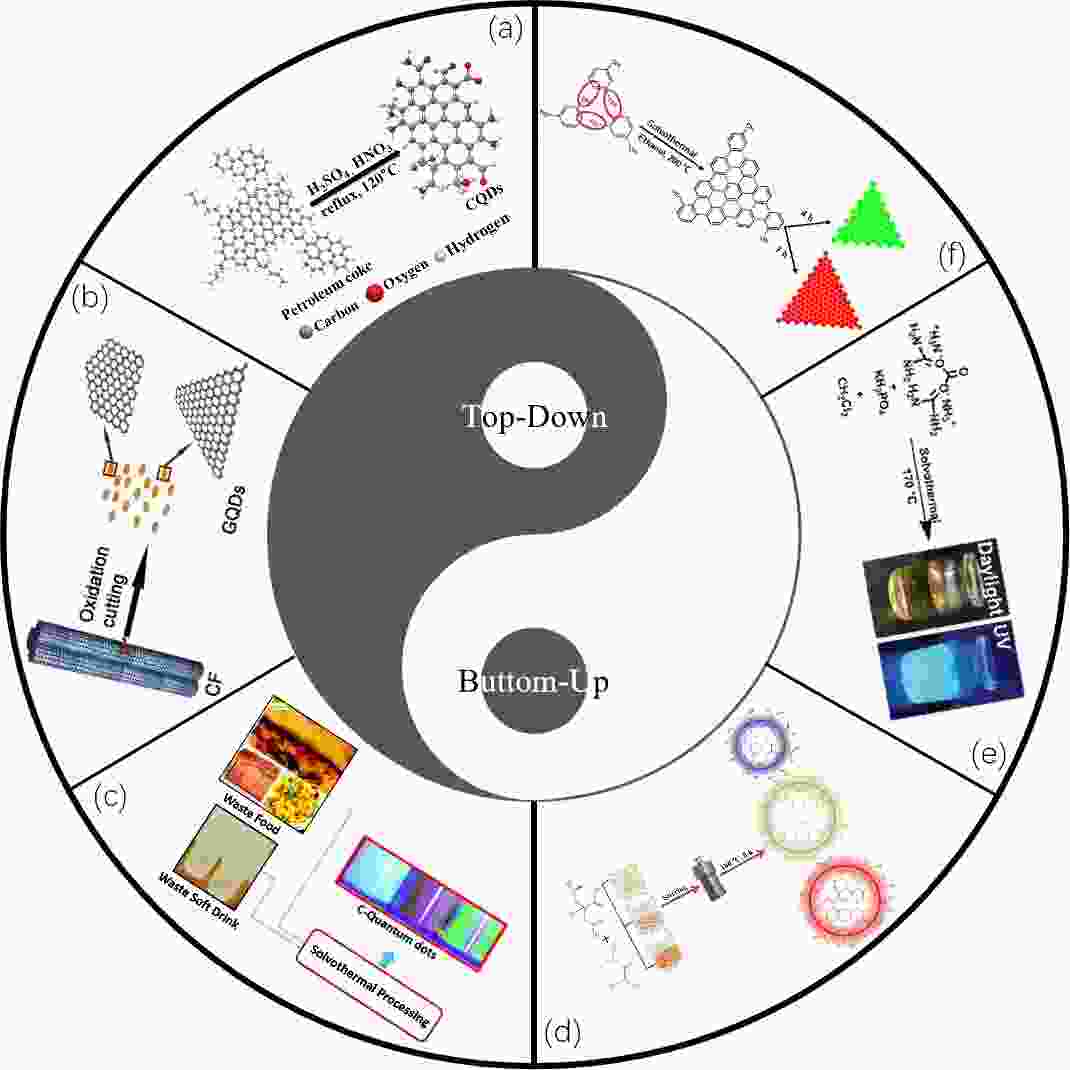
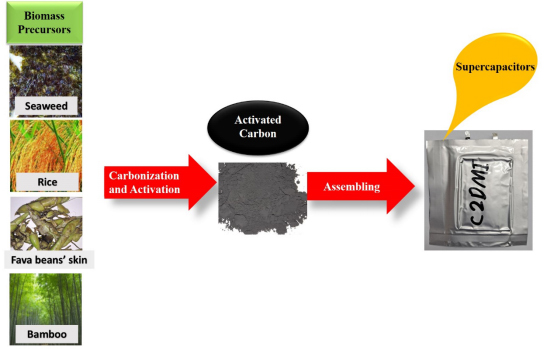
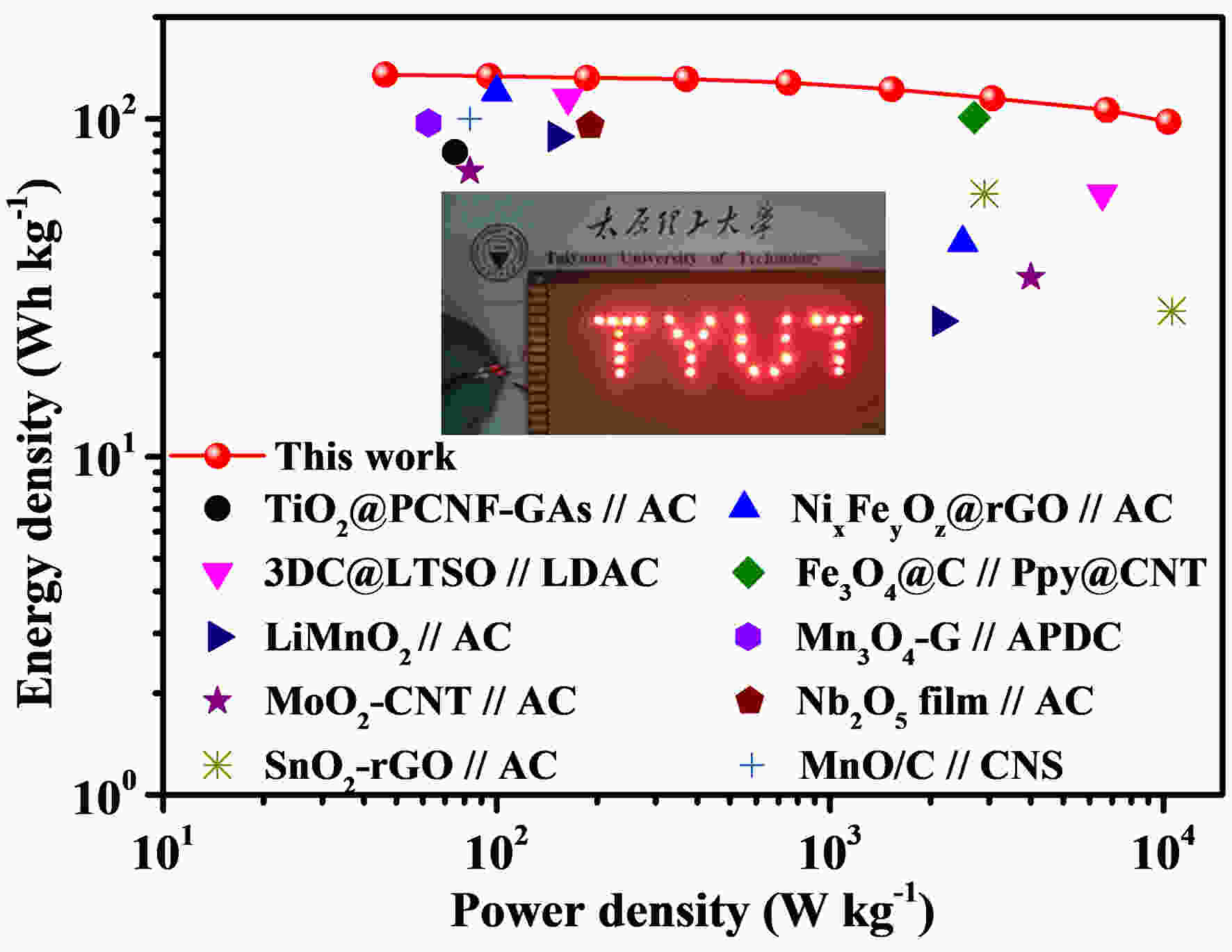

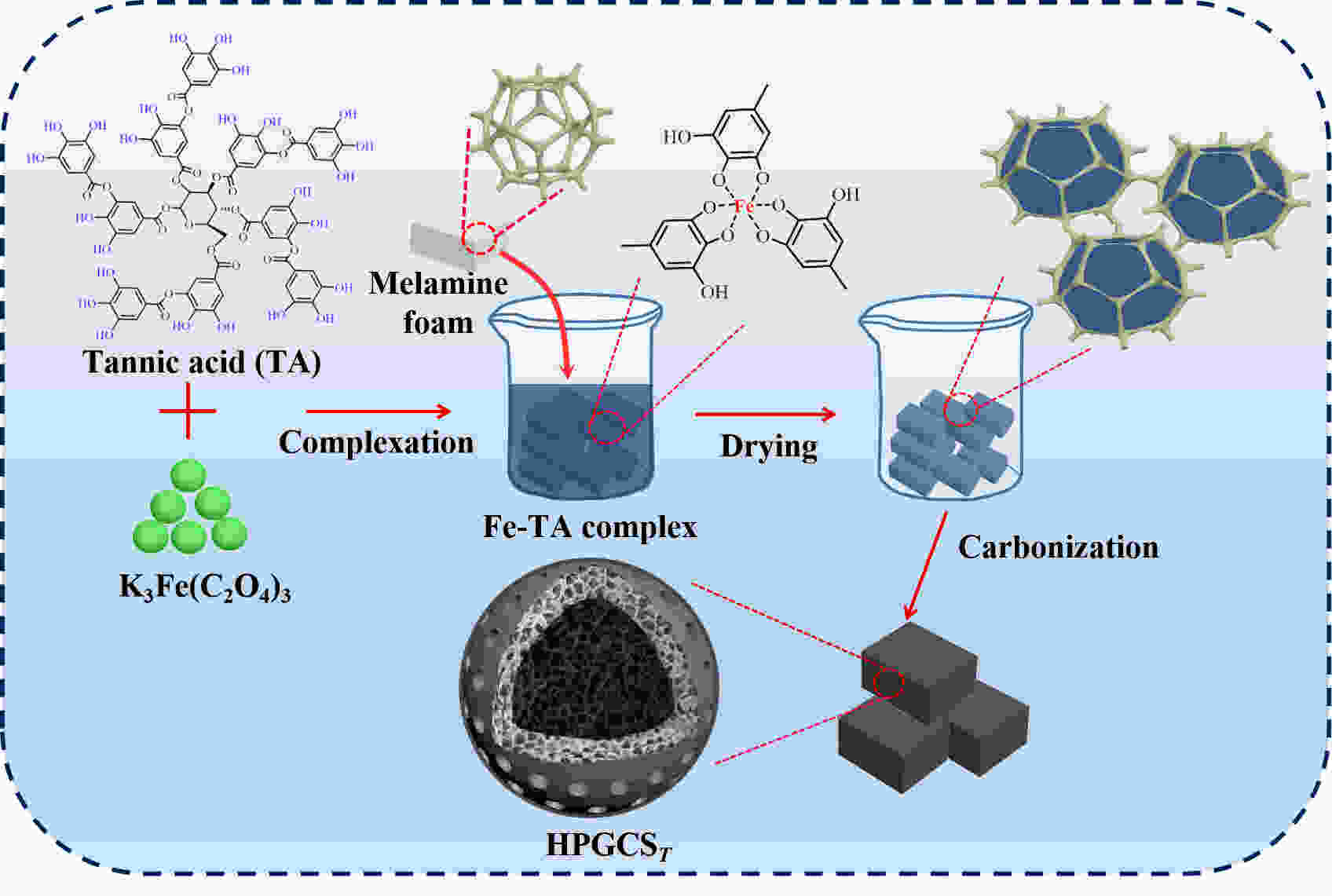
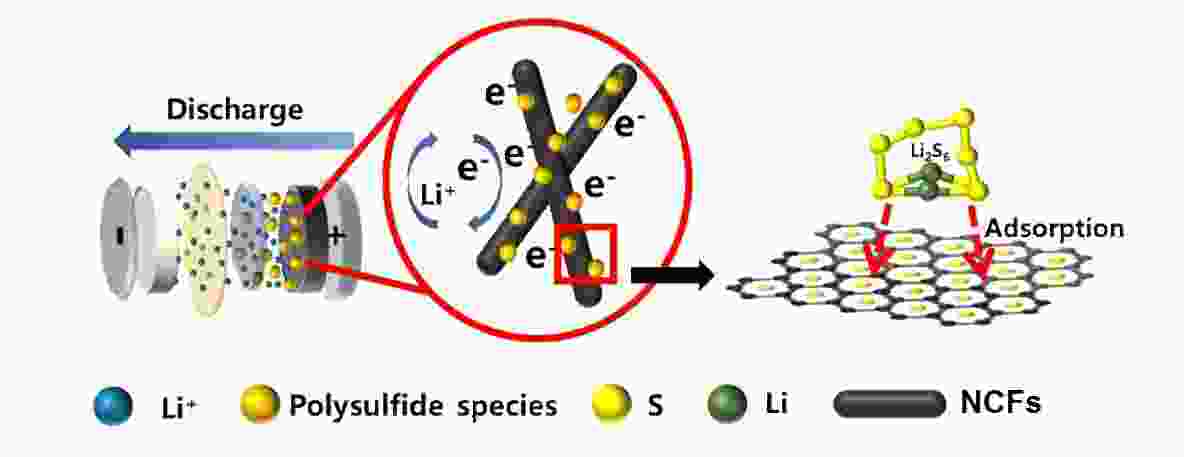
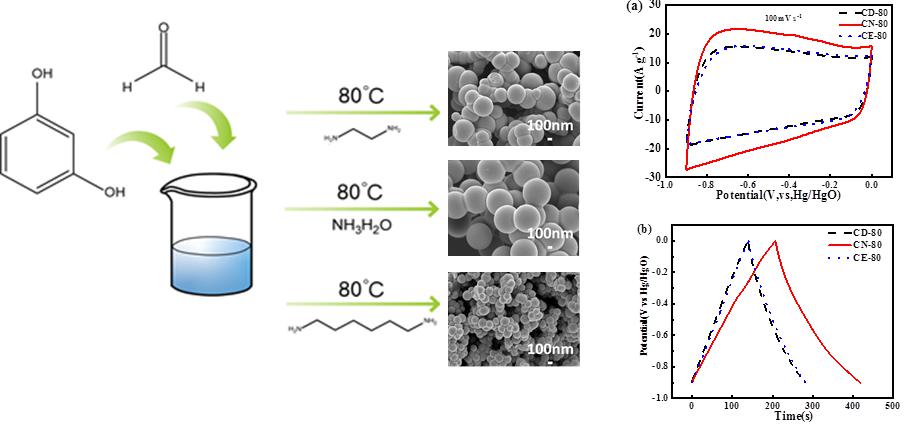
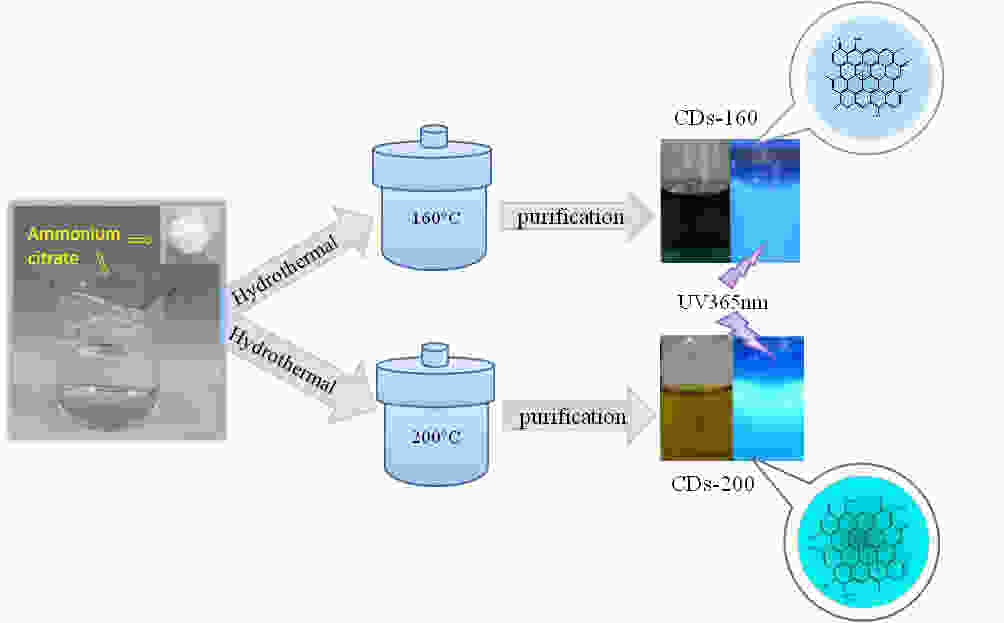
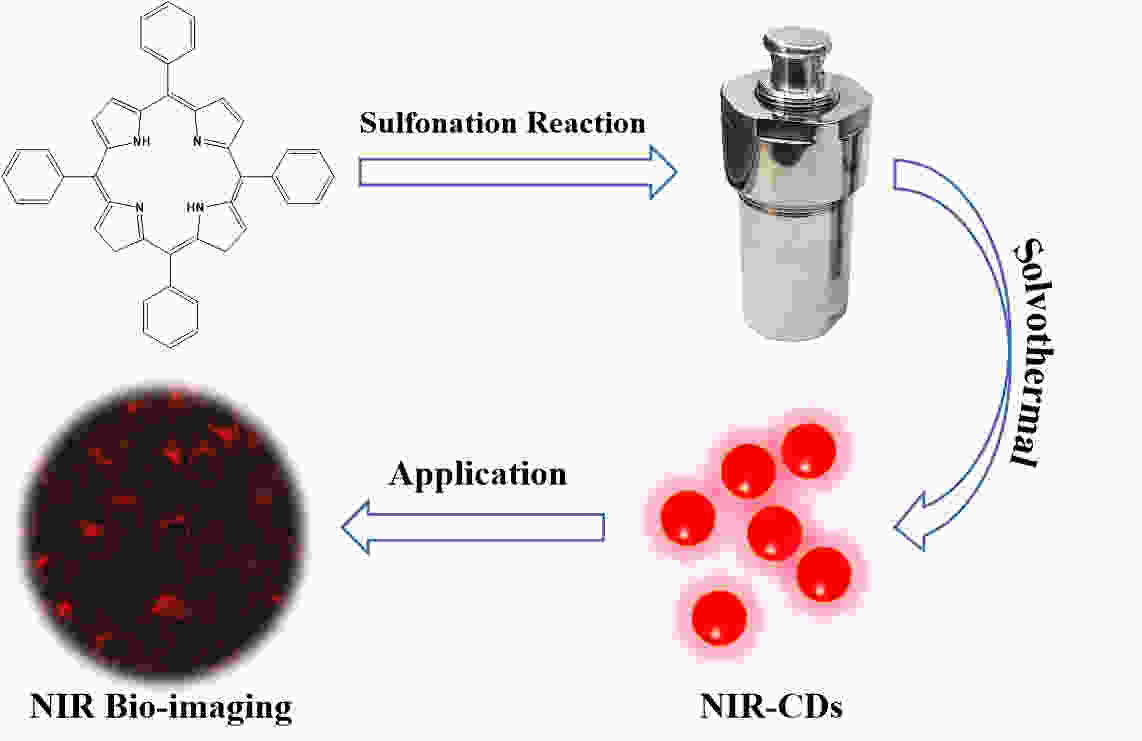
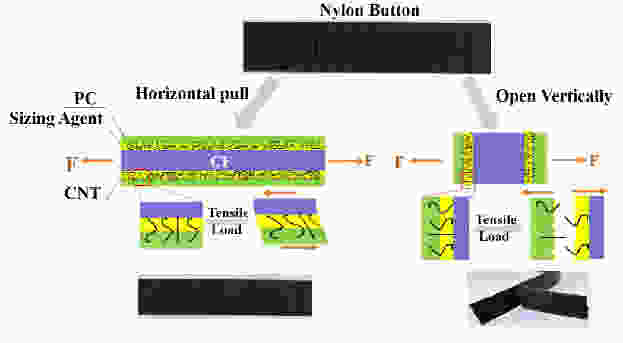
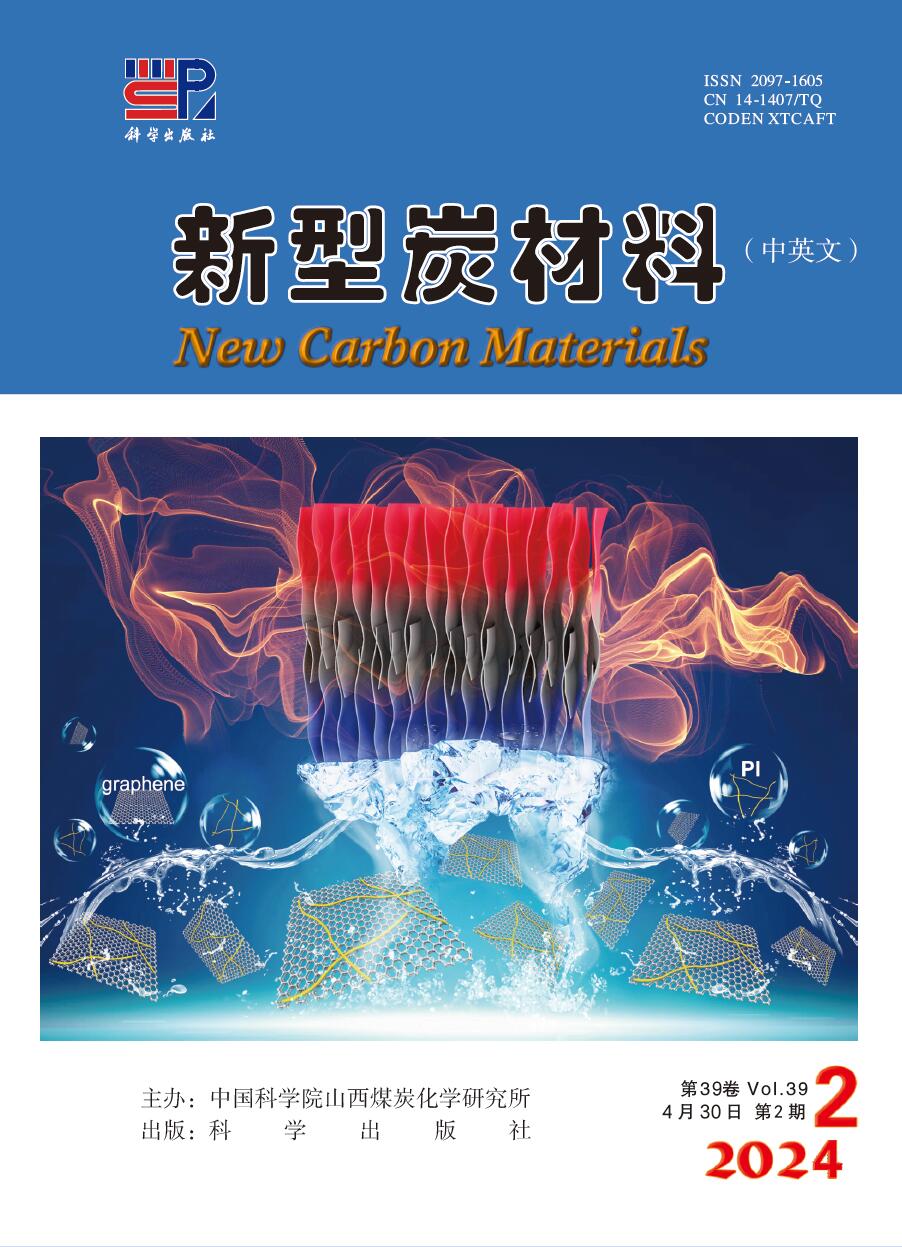

 虚拟专题
虚拟专题

 邮件订阅
邮件订阅 RSS
RSS 下载中心
下载中心 友情链接
友情链接

